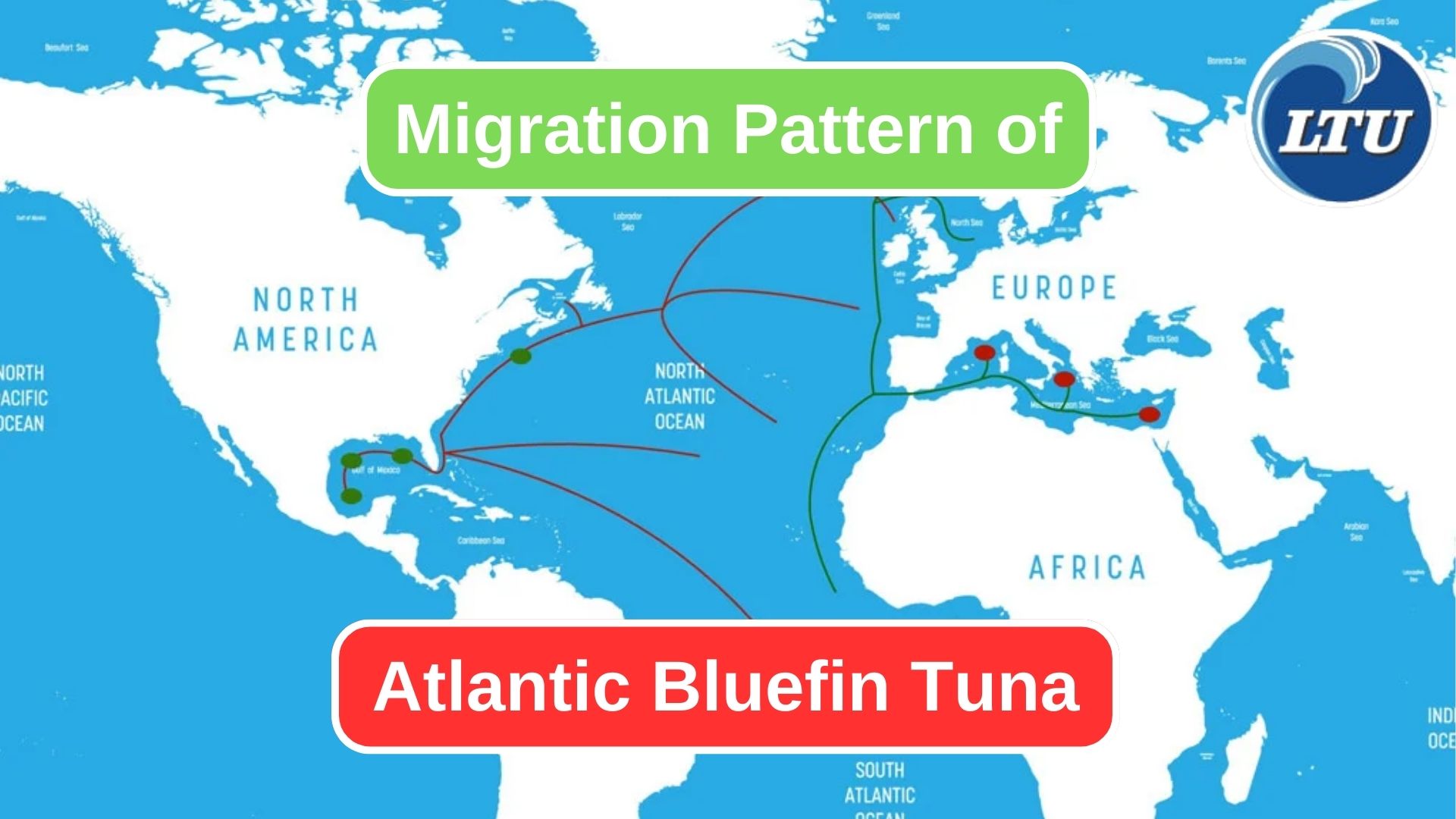Tracking the Seasonal Migration of Bluefin Tuna
By. Nevanda - 06 Sep 2023
lauttimur.com - The migration season of Atlantic Bluefin Tuna (Thunnus thynnus) involves impressive long-distance journeys across the Atlantic Ocean. These migrations are driven by temperature changes, prey availability, and the need to reach specific spawning and feeding areas. Here's a general overview of the migration season of Atlantic bluefin tuna:
1. Spring Migration (Late Winter to Early Spring)
- In late winter and early spring, typically from February to April, Atlantic Bluefin Tuna begin their northward migration from their overwintering grounds in the warmer waters of the Gulf of Mexico and the Caribbean Sea.
- They move along the eastern coast of North America, often following the Gulf Stream, a warm ocean current that flows northward along the U.S. East Coast.
Read also: Unveiling the Adventure of Spearing Octopus
2. Summer and Early Fall (Late Spring to Early Fall)
- During the summer and early fall, roughly from May to September, Atlantic Bluefin Tuna continue their migration northward along the eastern seaboard of North America.
- Some individuals venture into the Gulf of Maine and areas off the northeastern United States and eastern Canada, where they find ample prey in the form of herring and mackerel.
3. Fall Migration (Late Fall to Early Winter)
- In the late fall and early winter, from October to December, Atlantic Bluefin Tuna initiate their southward migration from the northern feeding grounds.
- They start moving back toward the warmer waters of the Gulf of Mexico and the Caribbean Sea, often passing through the waters off the southeastern United States.
Read also: Here’s How To Make Perfect Tuna Croquettes
4. Spawning Season (Late Spring to Early Summer)
- In the late spring to early summer, usually from April to June, a significant portion of the Atlantic Bluefin Tuna population congregates in the Gulf of Mexico and the Mediterranean Sea for spawning.
- The Gulf of Mexico serves as one of the primary spawning grounds for western Atlantic Bluefin Tuna, while the Mediterranean is a key spawning area for eastern Atlantic bluefin tuna.
These migration patterns can vary somewhat based on environmental factors, such as water temperatures, food availability, and ocean currents. Additionally, Atlantic Bluefin Tuna are known for their extensive oceanic migrations, covering thousands of miles during their annual journeys. Understanding these migration patterns is essential for both conservation efforts and sustainable fisheries management.
Read also: Easy Recipe to Make Delicious Smoked Salmon Omelette








